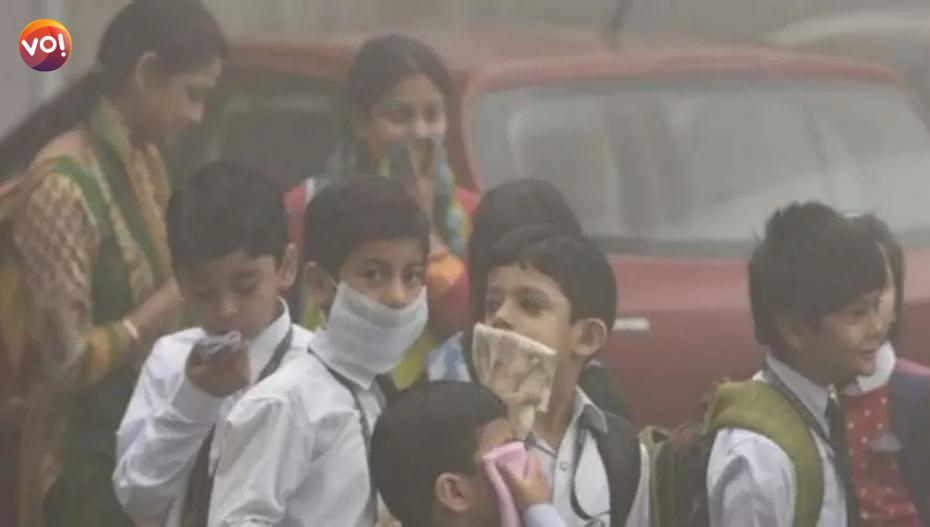The city’s air pollution is becoming a major threat to children’s health. Researchers gathered data from a public hospital in a first-of-its-kind study on children under the age of six to reveal how infants and toddlers suffer more than adults when exposed to particulate matter pollution (PM 2.5).
The 18-month study discovered that of the 12,635 pediatric hospitalizations, 2,682 children under the age of six – nearly 21 percent – had respiratory problems and infections caused by air pollution.
Dr. Khyati Kakkad of AMC Medical Education Trust Medical College and LG Hospital, along with Chirantap Oza, led the study.
They were joined by Priya Dutta from the IIPH-Gandhinagar, Varsha Chorsiya from the Delhi University School of Physiotherapy, and Prashant Rajput from the Public Health Foundation of India, Gurugram.
According to the study, approximately 30.6 percent of the 2,682 children were exposed to tobacco smoke.
Another 74.83 percent lived within 500 meters of the main road, exposing them to automobile fumes; around 11.59 percent of children were harmed by indoor air pollution.
Around 25% of the children were from economically disadvantaged families and lived in kutcha dwellings. Twenty percent of the children’s homes had only one window.
Out of 2,682 respiratory admissions, 1612 (60.1 percent) had “wheezing disorders,” while 1,070 (39.9 percent) had “non-wheezing disorders.”
According to the study, “Infants and young children have less compliant lungs, more tiny airways, a weaker chest wall, and a less developed immune system. As a result, they are more susceptible to respiratory illnesses.” Another intriguing finding from the study was that early infants and toddlers should not be exposed to particle pollution levels of PM 2.5 that surpass 15 micrograms per cubic meter, as recommended by WHO.
The yearly average PM2.5 concentration in Ahmedabad, on the other hand, was 80.27 micrograms per cubic meter.
Read Also: Air Pollution In Central-Western India Increased During Pandemic












